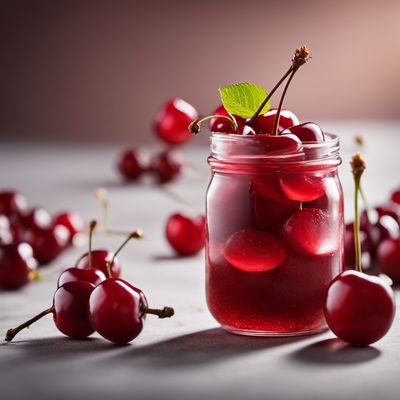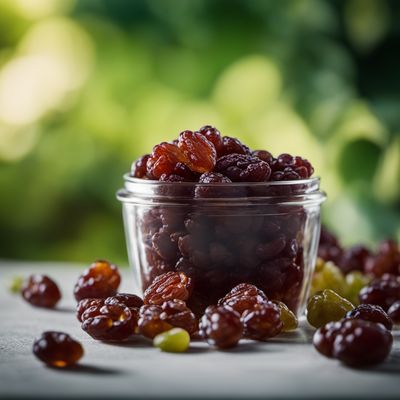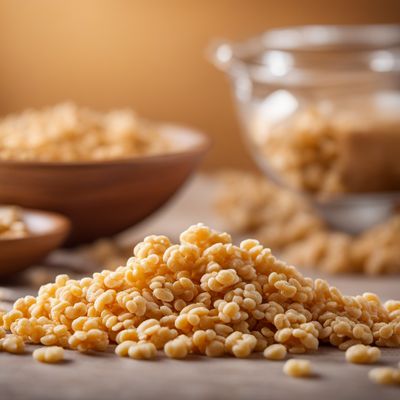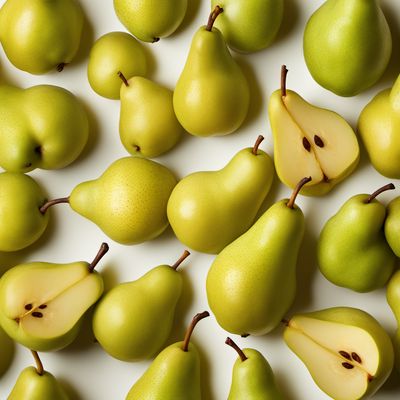
Ingredient
Feijoa flavour
The Exotic Essence: Unveiling the Enchanting Feijoa Flavor
Feijoa, also known as pineapple guava, is a small green fruit with a smooth, thin skin. Its flesh is creamy and jelly-like, with a vibrant green color and a granular texture. The flavor of feijoa is a delightful blend of tropical notes, reminiscent of pineapple, guava, and mint. Its aroma is fragrant and floral, with hints of citrus and spice. The combination of its texture, taste, and aroma makes feijoa a truly unique and versatile ingredient.
Origins and history
Feijoa is native to South America, particularly Brazil and Uruguay. It was first discovered by European explorers in the 19th century and quickly gained popularity in various countries. Feijoa has become an integral part of New Zealand's culinary culture, where it is widely cultivated and celebrated. Its historical significance lies in its cultural importance to the Maori people, who have been using feijoa for centuries for both culinary and medicinal purposes.
Nutritional information
Feijoa is a nutrient-rich fruit, packed with vitamins C and E, dietary fiber, and antioxidants. It is also low in calories, making it a healthy addition to any diet.
Allergens
Feijoa is not commonly associated with allergies, making it a safe choice for most individuals.
How to select
When selecting feijoa, look for fruits that are firm but yield slightly to gentle pressure. Avoid fruits with blemishes, bruises, or overly soft spots. The skin should be smooth and free from wrinkles. A ripe feijoa will have a fragrant aroma.
Storage recommendations
To maintain the freshness of feijoa, store it in the refrigerator. Place the fruit in a perforated plastic bag to allow for air circulation. Feijoa can be stored for up to two weeks, but its flavor is best when consumed within a few days of purchase.
How to produce
Feijoa can be grown in regions with a Mediterranean climate or subtropical climate. It thrives in well-drained soil and requires regular watering. Feijoa trees can be grown from seeds or propagated through cuttings. With proper care and maintenance, they can bear fruit within 3-4 years.
Preparation tips
To enjoy feijoa, simply cut the fruit in half and scoop out the flesh with a spoon. The skin is not typically eaten. Feijoa can be eaten raw, added to fruit salads, used in smoothies, or incorporated into desserts such as pies, cakes, and jams. Its unique flavor also pairs well with savory dishes, such as salads or salsas.
Culinary uses
Feijoa is commonly used in desserts, such as feijoa crumbles, tarts, and sorbets. It can also be used to add a tropical twist to cocktails, fruit punches, and flavored waters. Feijoa's tangy and aromatic flavor makes it a versatile ingredient in both sweet and savory dishes.
Availability
Feijoa is commonly available in New Zealand, Australia, South America, and some parts of the United States, particularly California and Florida.
More ingredients from this category » Browse all

Peach flavour
The Essence of Summer

Cherry flavour
The Essence of Sweetness: Cherry Flavour

Hibyscus flavour
"The Vibrant Essence: Exploring the Delightful Hibiscus Flavor"

Yoghurt flavour
The Creamy Indulgence: Yoghurt Flavour

Roast flavour
The Essence of Savory Delight: Roast Flavour

Cream brulee flavour
"Indulge in the Irresistible Delights of Cream Brulee"

Carob flavouring
Carob Flavouring: A Natural Alternative

Malaga / raisins flavour
The Sweet Essence of Sun-Drenched Grapes

Cereals flavour
The Essence of Grain

Pastry flavour
The Essence of Pastry: Unveiling the Flavorful World of Pastry Flavour

Berries flavour
"Nature's Burst of Berry Bliss"

Pear flavour
The Essence of Pear